The Government has unveiled plans for the railways as they come under one public body to prioritise both passenger and freight services.
Great British Railways will own the infrastructure, run and plan the network, set timetables and collect ticket revenue.
New flexible season tickets will be launched with new Pay As You Go, contactless and digital tickets. A new Great British Railways website will sell tickets, and one compensation system will provide a better way for passengers to apply for refunds.
The government says that Great British Railways will contract private partners to operate trains, with a similar model to what is found on the London Overground and Docklands Light Railway.
New ‘Passenger Service Contracts’ will include incentives to run high-quality services and will not be “one-size-fits-all”.
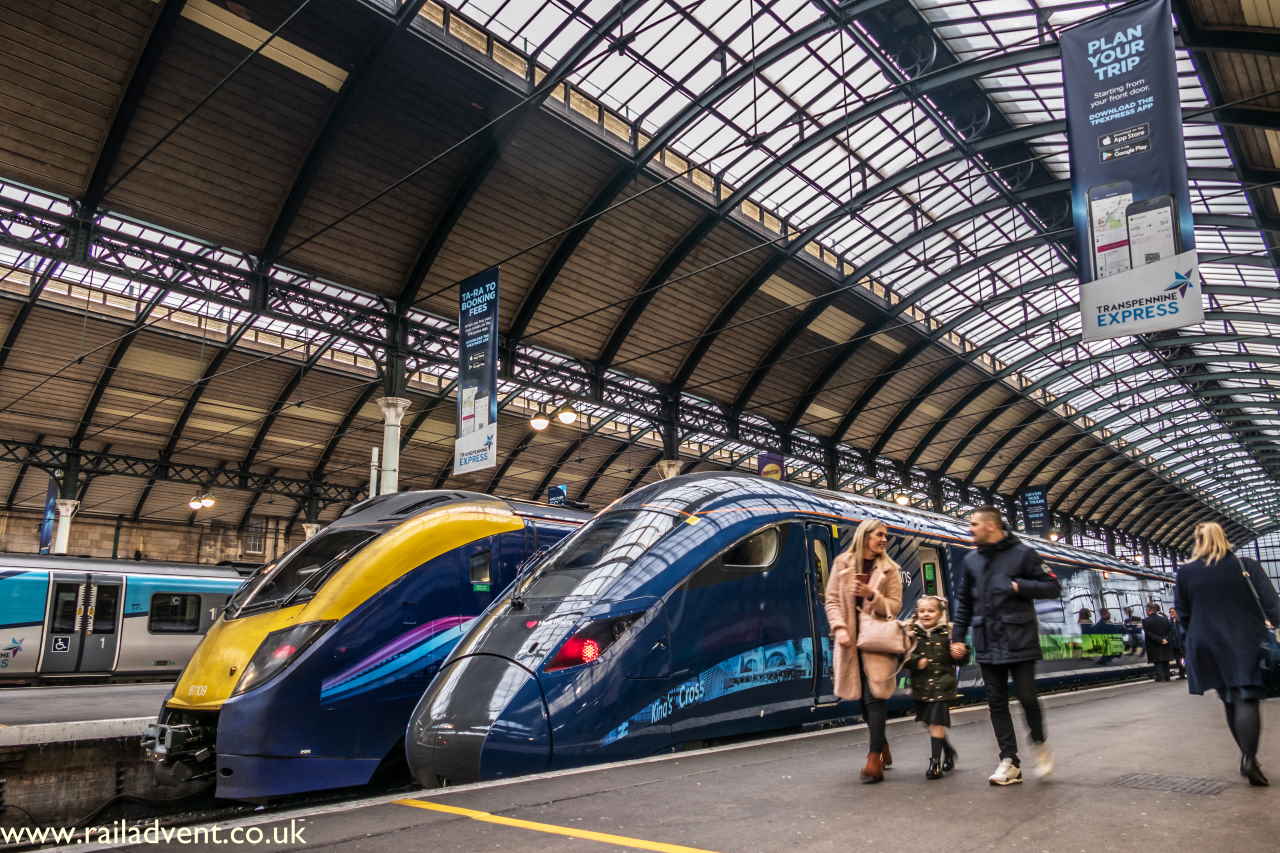
The Williams-Shapps Plan for Rail sets out a path for Great British Railways to provide a reliable and punctual service. Here are the ten key points from the review:
- Passengers must receive high-quality and consistent services that are more accessible, reliable and connected.
- Simpler and more modern ways of paying for travel with clear prices and flexibility.
- Passenger Service Contracts will replace franchising with new opportunities for suppliers.
- The railways will be a public service, paid for by taxpayers and passengers to bring together responsibility for cost and revenue to ensure the rail network becomes more financially sustainable.
- Railways will become more responsive to local communities and their needs, with locally-led teams to support improvements.
- Greener railways will “spearhead the nation’s ambition to become a world leader in clean, green transport”.
- Better opportunities for rail freight that’s to better flexibility.
- Lost rail links will be restored, and the completion of important upgrades will support growth across the UK.
- More opportunities will be made available for staff to come on board to create a skilled workforce on the rail network.
- Great British Railways will deliver a system organised around regional railways and will focus on servicing passengers.
Network Rail, who currently owns the infrastructure on the rail network, will be absorbed into Great British Railways to create a familiar brand with an updated double arrow logo.

However, the government wants to reiterate that this is not renationalisation but rather simplification, with private companies contracted to run trains but more competition to run them well.
In the short to medium term, the government will be working with the sector to help encourage passengers back to the rail network and has also announced today a new national Flexi season ticket, which will be on sale in the summer, with savings of hundreds of pounds a year for 2 and 3 days a week passengers. These will be on sale on the 21st June, with them being available for use on the 28th of June.
The new model will encourage groups, such as community rail partnerships (CRPs), to bid to run the local branch lines.
The new National Rail Contracts will be announced later this year and will be in operation for two years to act as a bridge to reform.
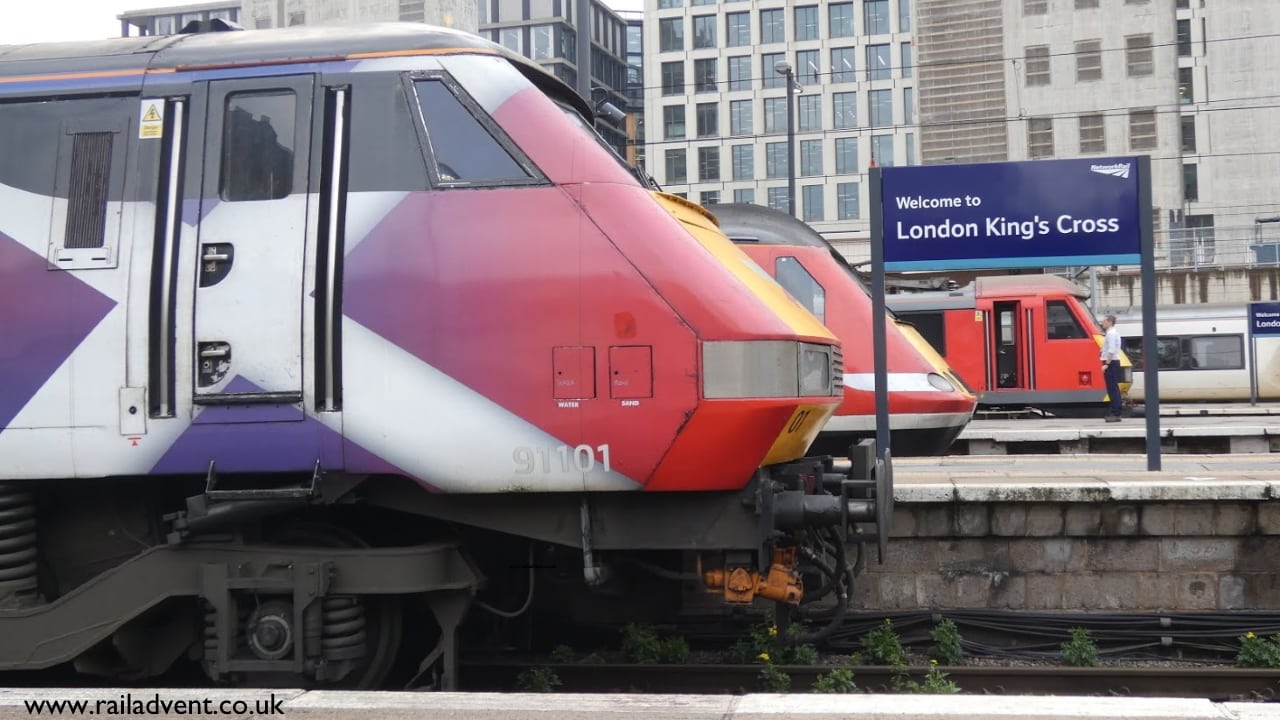
Prime Minister Boris Johnson said: “I am a great believer in rail, but for too long passengers have not had the level of service they deserve.
“By creating Great British Railways, and investing in the future of the network, this government will deliver a rail system the country can be proud of”.
Grant Shapps, Transport Secretary, said: “Our railways were born and built to serve this country, to forge stronger connections between our communities and provide people with an affordable, reliable and rapid service. Years of fragmentation, confusion and over-complication has seen that vision fade, and passengers failed. That complicated and broken system ends today.
“The pandemic has seen the Government take unprecedented steps to protect services and jobs. It’s now time to kickstart reforms that give the railways solid and stable foundations for the future, unleashing the competitive, innovative and expert abilities of the private sector and ensuring passengers come first.
“Great British Railways marks a new era in the history of our railways. It will become a single familiar brand with a bold new vision for passengers – of punctual services, simpler tickets and a modern and green railway that meets the needs of the nation.”
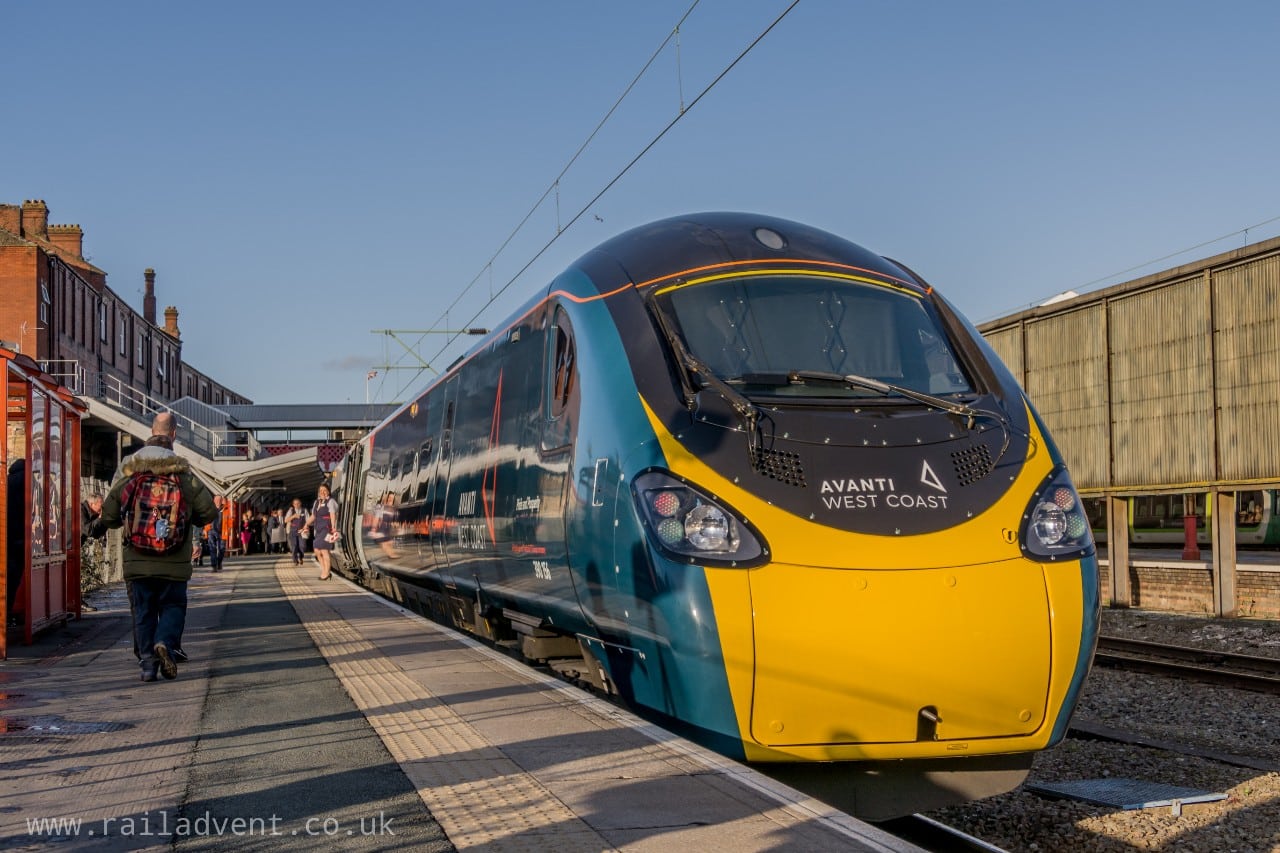
Keith Williams, Chair of the Williams Review, said: “Our Plan is built around the passenger, with new contracts which prioritise excellent performance and better services, better value fares, and creating clear leadership and real accountability when things go wrong.
“Our railway history – rich with Victorian pioneers and engineers, steam and coal, industry and ingenuity – demands a bright future. This plan is the path forward, reforming our railways to ensure they work for everyone in this country.”
Robert Nisbet, Director of Nations and Regions at the Rail Delivery Group said: “The pandemic has recast how and where people work, which is why we’ve worked with government to introduce new season tickets that will give commuters the freedom and flexibility to divide their time between home and the office. New flexible fares will be key to getting people back onto trains, supporting the country’s economic and environmental recovery.
“Flexi Season tickets are a step in the right direction, but to really maximise the benefits and make it easier for people to get good value fares requires government to go further and get under the bonnet to fix the engine of the fares system.”
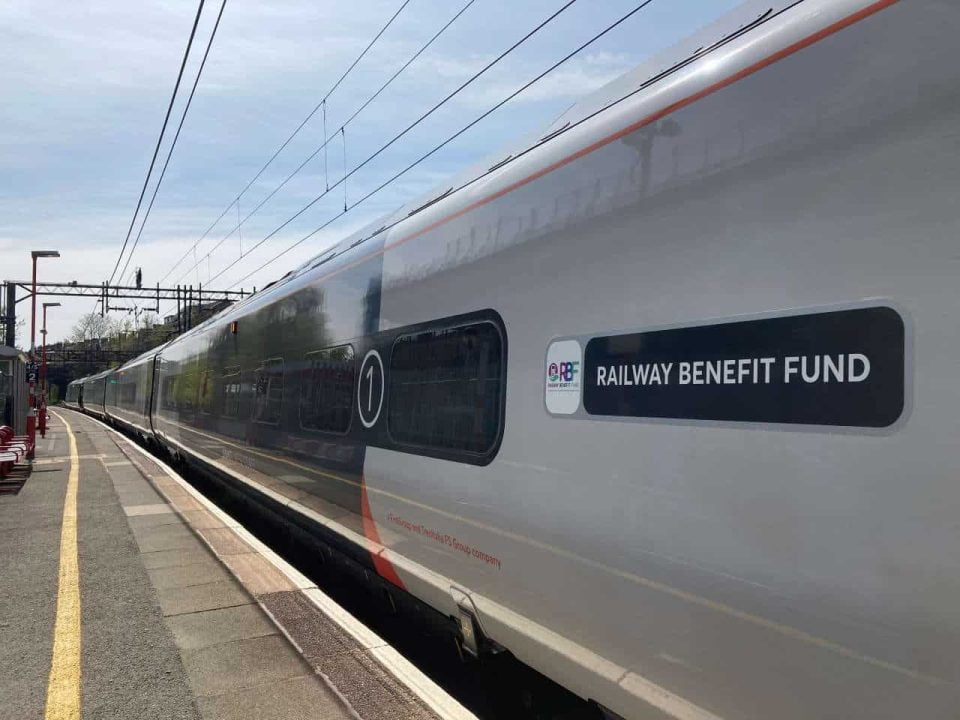
Cllr Martin Gannon, Chair of the North East Joint Transport Committee, said: “Change is desperately needed on the railways and so I welcome today’s announcement.
“As a region we have a bold vision for integrated transport as outlined in the North East Transport Plan, and we want more influence over our local railways, focusing on improving access for communities. We’re pleased to see a commitment to giving local leaders greater control over local ticketing, timetables and stations. These decisions should not be taken by people based hundreds of miles away.
“Railways connect our communities to jobs and education, link us to the rest of the UK, and provide sustainable arteries for freight. The operating system that has been with us since rail privatisation has not worked. Secondary routes that are hugely important to our towns and cities have deteriorated while companies have competed ferociously for profitable passengers on trunk routes. Yet strangely the companies running the profitable East Coast Main Line have gone out of business several times over. The system does not work.
“The fragmented system has also led to absurd scenarios like there being too many services planned for the track capacity available, something affecting the North East right now which will lead to negative consequences. As Great British Railways will be responsible for the whole railway, I look forward to better and more joined up planning for the future, aligned to what the economy needs, taking account of input from local areas.”
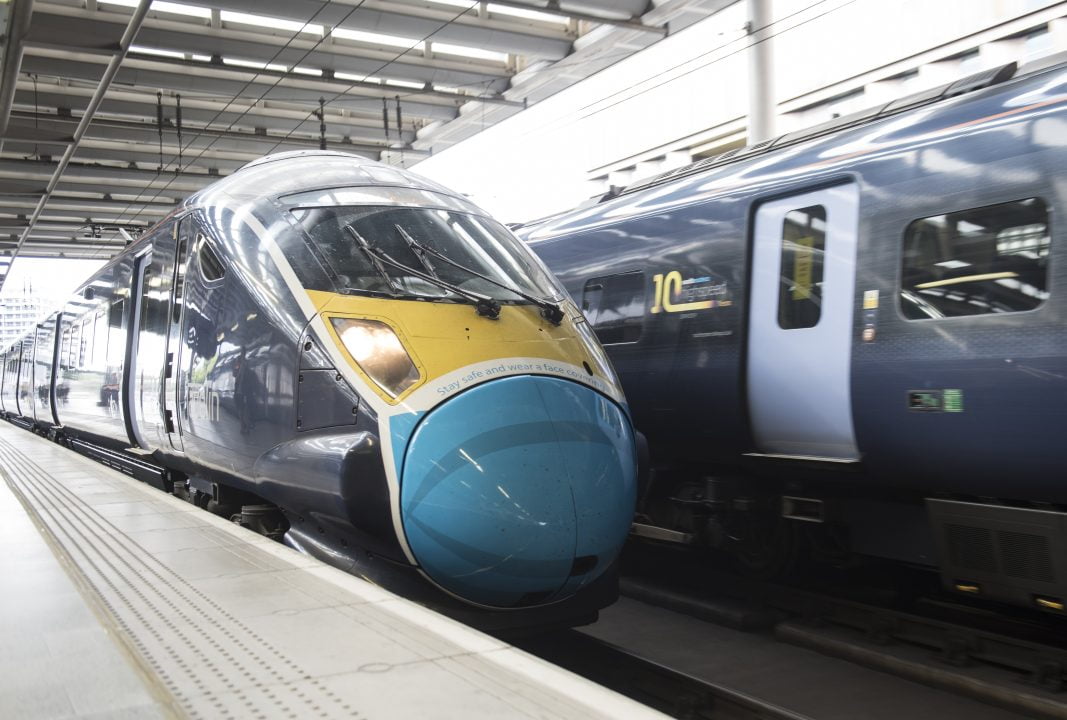
Commenting on the publication of the Williams-Shapps Plan for Rail, Andrew Haines, Network Rail chief executive, said: “Passengers deserve a reliable, affordable and sustainable railway, focussed on them. Today’s announcement will help us deliver that by simplifying the railway, paving the way to dismantle the legacy of complexity and fragmentation. Passengers and freight users will once more be put front and centre of a service designed and run for their needs.
“These changes will take time, but I am determined to get to work quickly with the industry and government. The pandemic has created significant challenges for the industry, and that means the changes we have to make are even more urgent. We must attract passengers back, deliver efficiencies and improve the service we provide. Today marks the start of an exciting new chapter for our railway, a chapter that puts the passenger first.”
“It seems that the government wants to make rail work to improve the passenger experience and support economic growth.” said Chris Page, chair of the campaign group Railfuture, “But the devil of course will be in the detail, and we have to wait for the White Paper for that. We will be looking for flexibility and responsiveness, a can-do attitude and whether the new structure will create a joined-up railway which works.
“There are many important questions that remain unanswered”
Darren Caplan, Chief Executive of the Railway Industry Association (RIA), said: “It is good to see the Williams Review published today, giving some certainty to the Government’s plans for the railways as we emerge from the Coronavirus pandemic.
“As far as the Railway Industry Association and our members are concerned, we are heartened that the new Williams-Shapps Plan for Rail is a 30-year strategy, which supports modernisation and investment along the lines of the RIA Rail 2050 manifesto we published in November 2019. As we argued then, it is right to take a long-term approach, in order to smooth boom and bust and provide more certainty for rail schemes, decarbonise and digitalise the network, deliver major projects, protect and create jobs, and foster innovation and collaboration between railway partners. We also welcome the ambition to attract passengers and freight back to the network and grow both markets.
“We will of course be examining the contents of the White Paper in further detail over the coming days and look forward to working with Government, the new Great British Railways organisation, Network Rail and other industry stakeholders, to deliver a railway fit for the future. Our major ask at this stage, however, is that the restructure of UK rail does not cause any hiatus in work being done to renew and enhance railway infrastructure or rolling stock, to ensure everyone in the industry can help rail to build back better as we emerge from the pandemic.”
John Larkinson, Chief Executive, ORR said: “We welcome the publication of the Williams-Shapps Plan for Rail and will continue to work closely with government and industry to facilitate reform, and reshape rail for the future.
“Our independent oversight and assurance will be important in bringing transparency to decisions and will help ensure the new public body, Great British Railways, is held accountable for working in the best interests of all users, funders and passengers.”
Where Next?
RAILADVENT NEWS
The latest railway news
FREE NEWSLETTERS
Signup to our daily and weekly newsletters
RAILADVENT SHOP
Railway Prints, DVD’s / Blu-Ray’s, books and more
LOCOSTOP COMMUNITY
Come and share your railway pictures
UK STEAM INFO
Upcoming mainline steam tours/loco movements


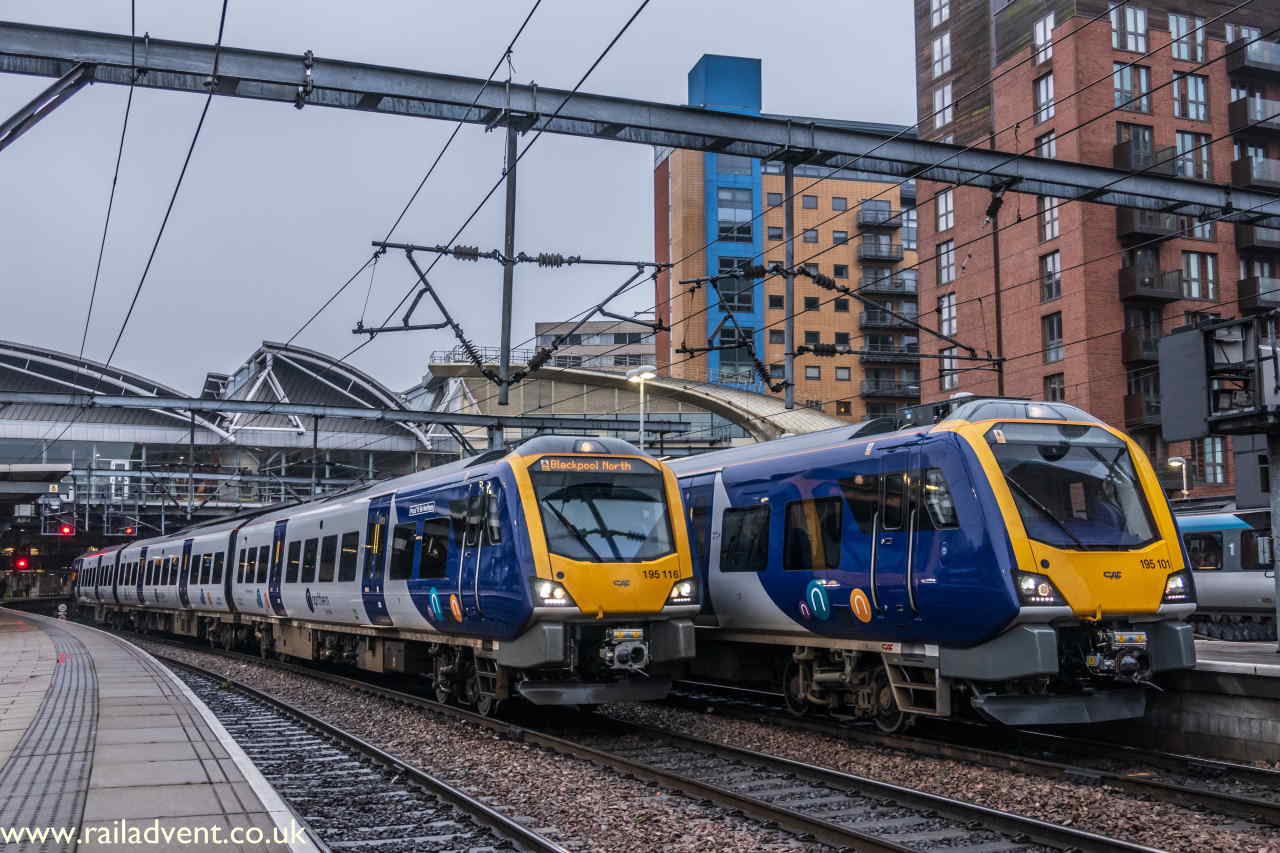



Responses
I think it’ll quite a good idea, to see the UK’s Infamous & Historic Rail Network be finally at long last see a further brightly shining light towards the end of the tunnel, and beyond,
Also, let alone come under, an interesting name title… Great British Railways (GBR)… Let’s Just Hope, they know what they’re doing, especially in refreshingly improve the whole of the UK Rail Network in-between,
The whole of the Beautifully Historic United Kingdom, of the British Isles, needs Trains & Railways, not only to, and for every other benefit after another…
But to also help people get to wherever they need to, as well as they want to go, to & fro… Whether to work, or to visit friends, families, let alone go on Holidaying Vacations around the UK.
Furhtermore… As long as LNER, along with Transpennine Express still hang around for much longer, the better rail services they’ll hopefully be… for ALL of Us Put-Together.
Great British Railways (GBR)… Good Luck.
What I don ‘t see in this report are “London Transports” for every major city. We need regional democratically accountable public bodies able to commission local rail, bus and tram services and to ensure that they are fully integrated just as they are in London. Bringing back British Rail is fine for inter city services but it won ‘t provide a high quality local public transport network.
It works very well in London why not in Leeds ?
* paving the way to dismantle the legacy of complexity and fragmentation *
So much up there, inviting comment, whilst keeping a straight face . . .
I recall reading that there were more than sixty coupling systems in use on Britain’s railways now. That has to militate against the traditional cascade of older stock around the country as new stock is introduced.
In the North, TPE has three different types of new 5-car stock.
Complexity? What complexity . . . ?